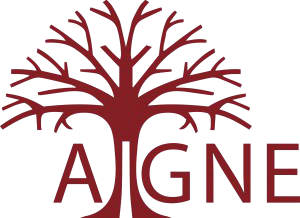Submissions
Submission Preparation Checklist
All submissions must meet the following requirements. Authors should check that:
- The submission has not been previously published, nor is it before another journal for consideration (or an explanation has been provided in Comments to the Editor).
- The submission file is in OpenOffice, Microsoft Word, or RTF document file format.
- Where available, DOIs for the references have been provided. Check your references for DOIs here: http://doi.crossref.org/simpleTextQuery.
- The text uses 1.5 line spacing; uses a 12-point font; employs italics for emphasis; and all illustrations, figures, and tables are placed within the text at the appropriate points, rather than at the end.
- If submitting to a peer-reviewed section of the journal, the instructions in Ensuring Blind Peer Review have been followed.
- Includes an abstract in line with the word count of the Call for Papers
- Article submission include a minimum of five key terms that are relevant to the article’s subject matter.
- The text adheres to the stylistic and bibliographic requirements outlined in the Author Guidelines.
Additionally, Authors submitting to the peer-reviewed sections of the journal are encouraged to include their ORCID identifier on their Aigne profiles.
Copyright Notice
It is the aim of the journal to promote the free circulation of research and to make all our publications viewable online via the Aigne website. Aigne maintains the first right of publication before reverting the copyright back to the authors.
Publications are licensed under a Creative Commons Attribution License that allows others to share the work for non-commercial purposes, without modifying the original work, and with an acknowledgement of the work’s authorship and initial publication in this journal.
Authors may enter into additional contractual arrangements for the non-exclusive distribution of the journal’s published version of the work (e.g. post it to an institutional repository or publish it in a book) provided that its initial publication in Aigne is acknowledged.
The work published by Aigne is licensed under a Creative Commons Attribution-NonCommercial-NoDerivatives 4.0 International License.
Privacy Statement
Any personal data you provide to us via the registration form and journal system will be processed fairly and lawfully.
It will be used for the purposes of alerting readers when new issues are published or other announcements are made by journal Editors. In the case of Authors, Reviewers and Editors, it will also be used to facilitate the submission, review and publication workflow. Author and Editor names and affiliations may be published and deposited with third-party registries as part of standard article and journal metadata.
The Data Protection Acts allows us to process your data because you have provided your explicit consent. You are entitled to withdraw your consent at any time. As a registered user you will be able to view and modify your profile and configure notifications. If you withdraw your consent, Aigne will no longer process your personal data and will take steps to delete all reference to your data securely to the greatest extent possible.
Please read our full Data Protection Notice. Any questions, please contact aigne@ucc.ie


